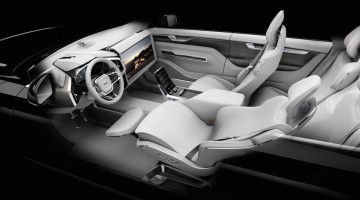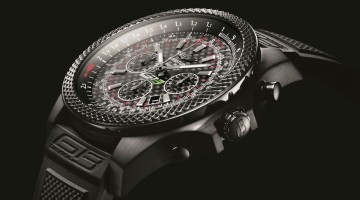crankandpiston sits down with Magnus Lindblad, chief program engineer for Volvo’s new Drive-E engine range, to discuss why the company’s new four-cylinder engine will one day make the V8 obsolete.
[Not a valid template]It’s not often crankandpiston features a new engine, and even less so when said unit is a four-cylinder that doesn’t have an exotic name badge stencilled on it. However, when the aforementioned engine could, apparently, make the time-honoured V8 ‘obsolete’, consider our attention grabbed.
Alongside Volvo’s updated 60 cluster (namely the S60 saloon, the V60 estate and the XC60 SUV), the new Drive-E engine made its international debut this month after four years in the making and with more than three million kilometres of testing under its belt. Replacing in its entirety the eight-strong family of powerplants that preceded it, the new Drive-E – known as the Volvo Engine Architecture during its development phase – aims to provide high performance, low fuel consumption, low emissions and a powerful sound whilst still remaining ‘fun to drive’. For a brand-new four-cylinder, that’s a tall order. But according to Drive-E chief program engineer Magnus Lindblad – with whom crankandpiston grabbed a few words in Nice during the launch of the new Volvo S60 T6 – it was a radical step worth taking.
“The VEA is a new range that replaces all our present engines,” Magnus explains. “The idea to change this, roughly, was taken at the end of 2007 but it wasn’t until the end of 2008 that we had a firm decision. At that time Volvo was owned by Ford” – the company is now owned by Geely Automobiles, a Chinese conglomerate – “and I think we had eight different architectures. That meant eight different engine installations, eight different suspension setups, cooling and air filters on different sides. It became a mess. It was ideal for a company like Ford which had enough volume to make this work, but for a company like Volvo with a restricted amount of cars, it just became too much.”
In an effort to streamline the engineering process, eight engine architectures have been replaced with two, each of which – in time – will boast four different derivations. The two new petrol and a diesel Drive-E engines share the same basic block, including crankshaft, bedplate, oil pump, sump, alternator and auxiliary drive amongst others. Unlike the outgoing straight-six unit, this allows both the petrol and diesel Drive-E units to use the same production line at the company’s engine factory in Skövde, Sweden. As well as offering a degree of flexibility for potential market demands, the streamlined production thus allows resources to be relocated elsewhere. It’s a significant saver, both fiscal and timely, but this wasn’t the only benefit.
“When the VEA was conceived, it meant we had less dependence on Ford [then Volvo owners],” Magnus continues. “We were restricted in how many engines we were to take while still expected to sell enough cars to cover customers orders.
“The engines we had came from rather many factories around the world, but we had an engine factory ourselves, and thought why not make full use of this. And then we started thinking, in terms of setup: what do our customers want?; how can we handle legislation in the future?; what would be the most practical? So how could we combine all of these at once, getting what the customer wanted while maintaining profitability for the company? The new engine range was ideal.”



